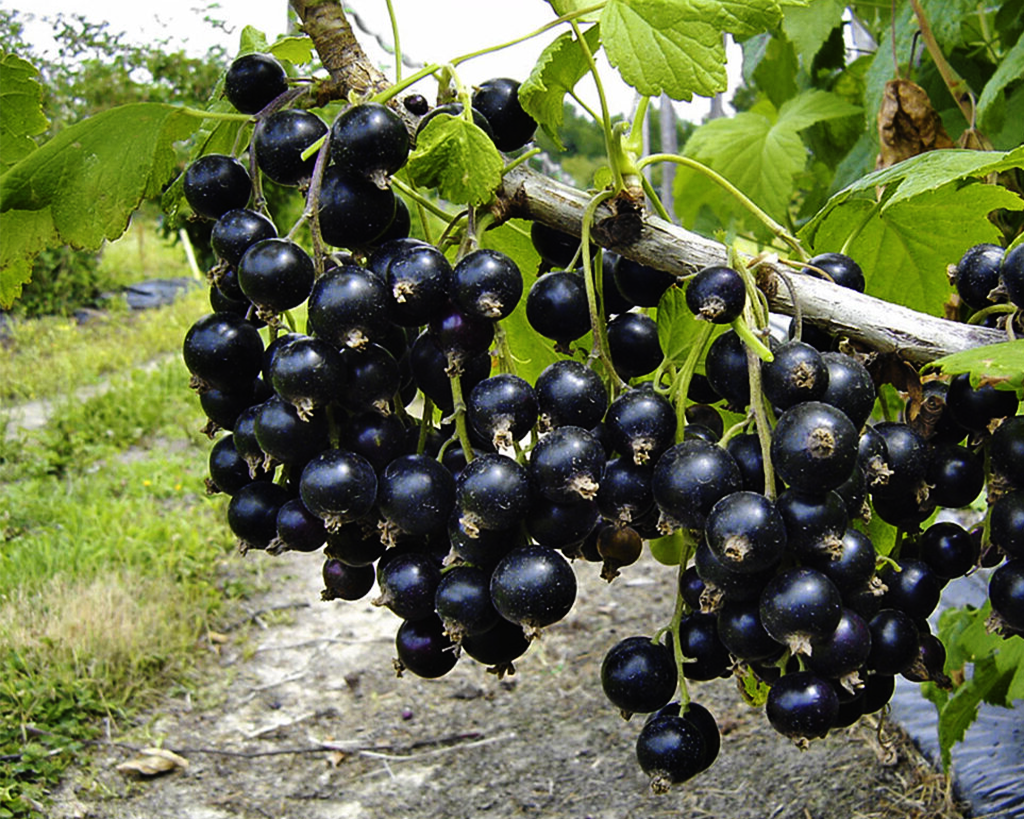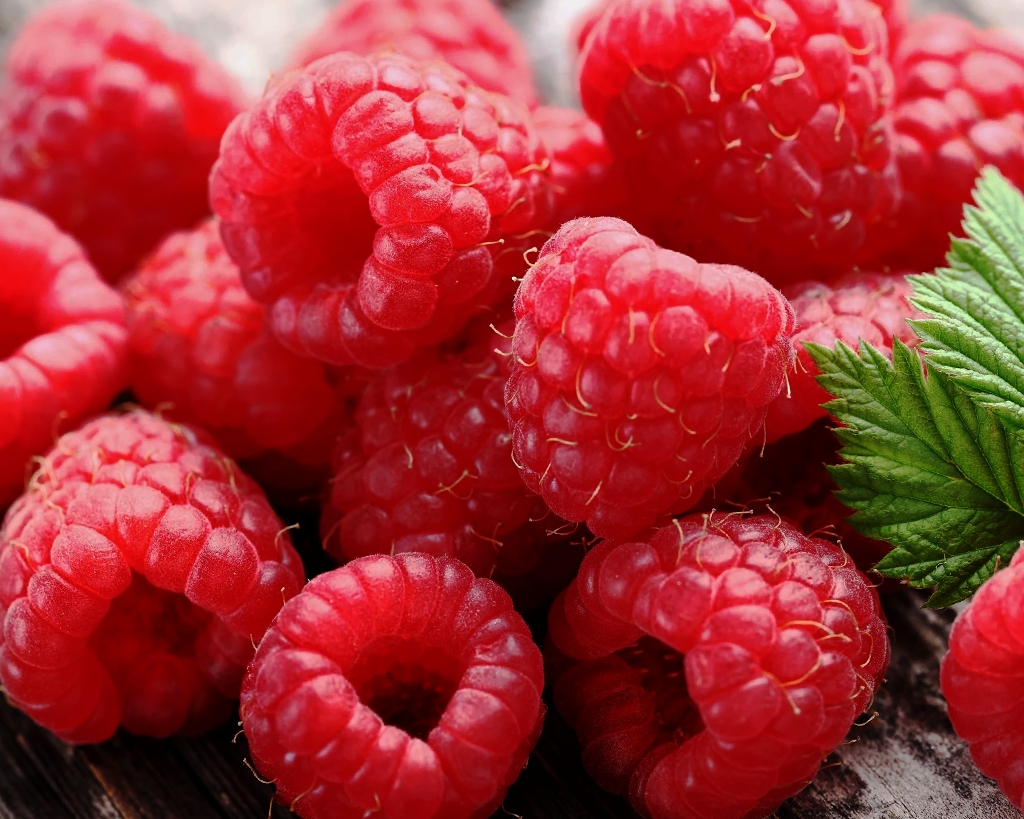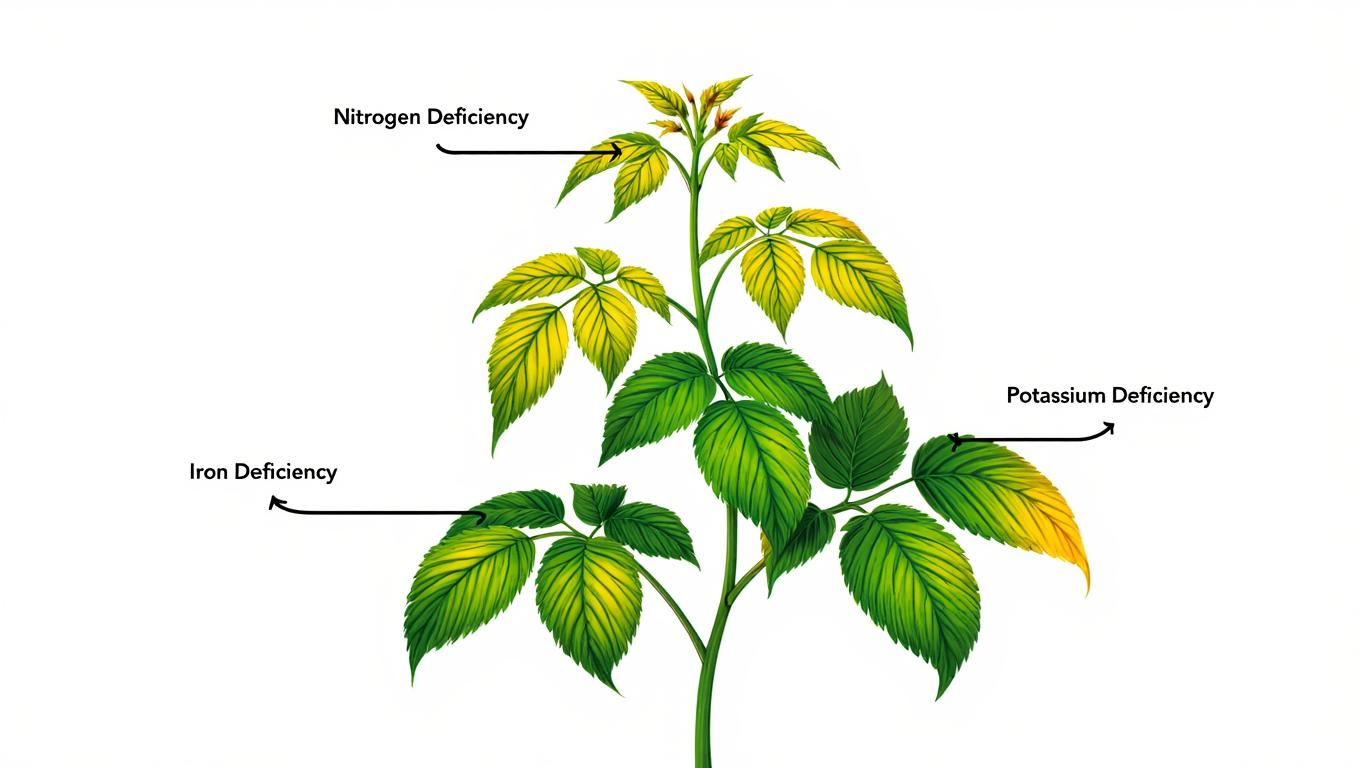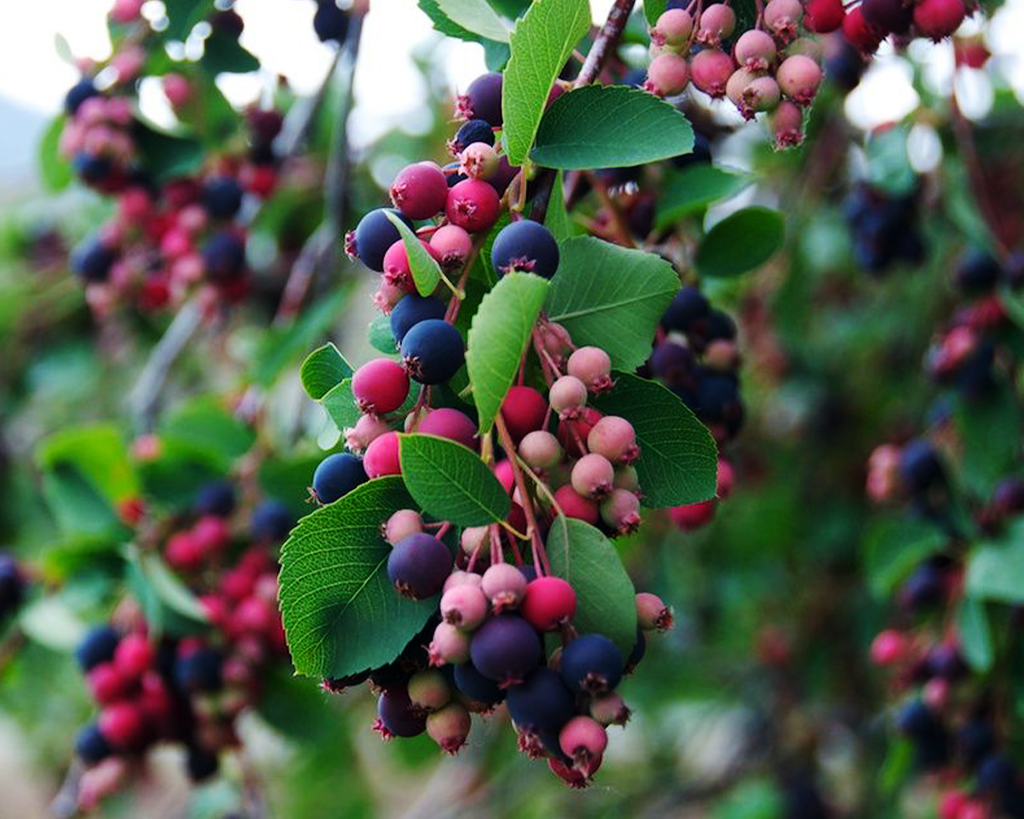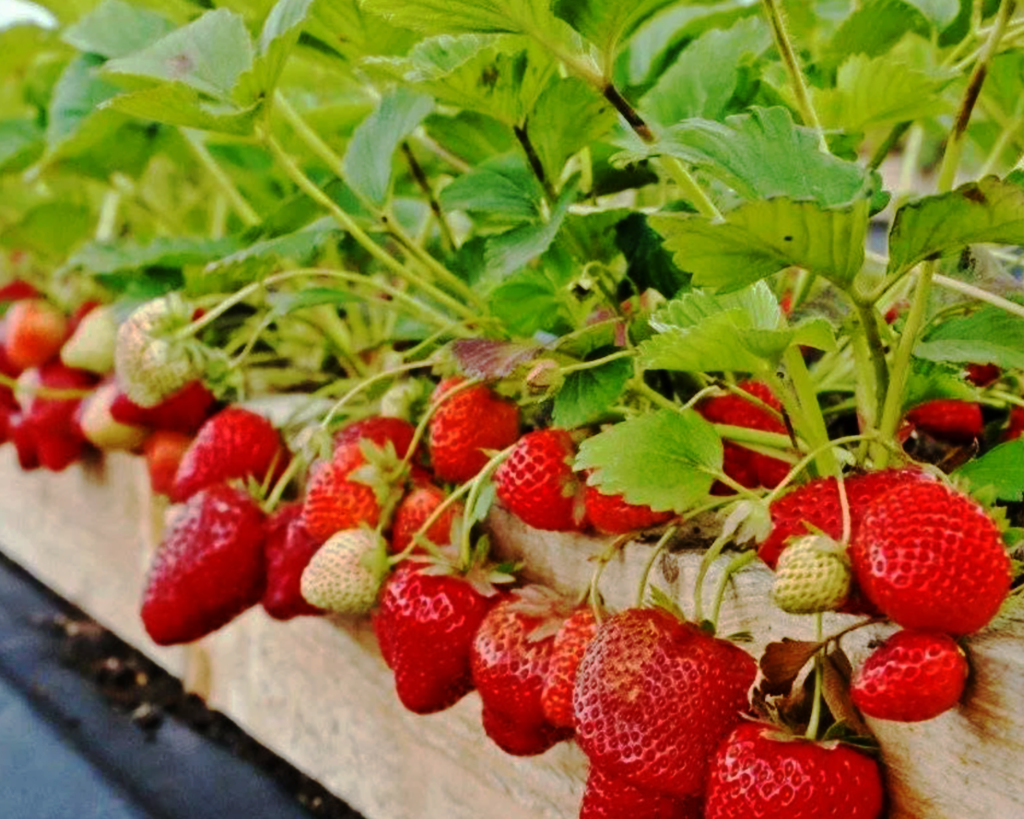Currants are a real vitamin bomb! These berries can be found in almost every suburban area, and for good reason. They are delicious, healthy and quite unpretentious. But in order for the bushes to enjoy a generous harvest, it is important to approach planting correctly, choose good soil, do not forget about watering and regular pruning. Do you want to grow strong, healthy bushes and enjoy fragrant berries? We will reveal the secrets of care-from choosing seedlings to harvesting!
At the end you can download a brochure in which you’ll find a decision checklist, spacing and planting steps, watering and feeding rules, pruning and training for each currant type, a seasonal calendar, propagation by cuttings and layering, and a small bush-planning worksheet.

Why should you grow currants?
Before moving on to practical tips, let’s talk about why to grow currants at all.
The benefits of currants
First, it is a storehouse of vitamins. Currants contain a huge amount of vitamin C, which strengthens the immune system, as well as vitamins of group B, E, K and many trace elements.
Secondly, currant is a universal berry. You can eat it fresh, make jam from it, make compotes, fruit drinks, add it to desserts and even use it as a filling for pies. And, of course, it’s just beautiful! Bushes with bright berries (red, black, white) will adorn your garden.
Currant varieties
Before planting currants, you need to decide on the variety. It can be black, red, or white. Each species has its own characteristics:
- Black is the most popular one. It has a rich taste and aroma, contains the most vitamin C. However, it is more demanding to care for and grow conditions.
- Red — less aromatic, but sweeter. It tolerates drought better and is less susceptible to diseases.
- White is a kind of red, but with a more delicate taste. It is ideal for allergy sufferers, as it rarely causes allergic reactions.
When choosing a variety, you should also pay attention to the maturation period (early, medium, late), resistance to diseases and frost. For example, for regions with a cold climate, it is better to choose frost-resistant varieties.
Planting currants
Currants can be planted both in spring and autumn. However, experienced gardeners recommend autumn planting (September–October), since before the onset of cold weather, the plant has time to take root, and in the spring it immediately begins to grow actively. If you are planting in the spring, do it as early as possible, before the sap flow begins.
Now about the location. Currants like sunny areas, but can also grow in partial shade. The main thing is that the place is protected from strong winds. The soil should be fertile, loose and well-drained. The shrub does not like stagnant water, so avoid lowlands and areas with high groundwater levels.
How to plant currants correctly?
Planting currants isn’t just about sticking a stick in the ground. In order for the plant to take root well and produce a bountiful harvest in the future, you need to follow several rules:
- Preparing the soil. A couple of weeks before planting, dig up the area, remove weeds and apply organic fertilizers (compost, rotted manure). If the soil is acidic, add lime or wood ash.
- Preparation of seedlings. Choose healthy seedlings with a well-developed root system. Before planting, trim the damaged roots and put the seedling in water for several hours.
- Planting. Dig a hole about 40–50 cm deep and wide. At the bottom, pour a mixture of earth, humus and superphosphate. Place the seedling in the pit at a 45-degree angle (this encourages lateral root growth). Cover with earth, lightly tamp and pour plenty of water.
Distance between bushes. Black currant requires more space — about 1.5–2 meters between the bushes. For red and white currants, 1–1.5 meters is enough.

Currant care: basic rules
Now that the currant is planted, it is important to provide it with proper care. Here are the main points to pay attention to:
Watering currants
Currants like moisture, but do not tolerate waterlogging. Water the bushes regularly, especially during dry periods. One bush requires about 10–15 liters of water. It is better to water less often, but abundantly, so that the water penetrates deep into the soil.
Feeding currants
Currants need regular feeding. In the spring, before the growing season begins, apply nitrogen fertilizers (for example, urea). In summer, during flowering and fruiting, use complex fertilizers with potassium and phosphorus. In the fall, after harvesting, add organic matter (compost, humus) and superphosphate.
Pruning currants
Pruning is one of the most important steps in currant care. It helps to form the bush, improves its ventilation and increases productivity. In the spring, remove all damaged, dry and weak branches. In the fall, carry out formative pruning: leave 10–12 shoots of different ages for black currants, 15–20 for red and white currants.
Mulching currants
Helps retain moisture in the soil, protects the roots from overheating and inhibits the growth of weeds. Use straw, sawdust, compost, or peat for this purpose. The mulch layer should be about 5–10 cm.
Protection from currant diseases and pests
Currants can suffer from diseases such as powdery mildew, anthracnose, or rust. For prevention, treat the bushes with Bordeaux liquid or special preparations. Among the most common pests are aphids, spider mites and currant beetles. To control them, use insecticides or folk remedies (for example, an infusion of garlic or tobacco).
Harvesting
Currants begin to bear fruit 2–3 years after planting. Harvesting depends on the variety: early varieties ripen in June, late — in August. Collect berries in dry weather, carefully plucking them from the branches. Black currants usually ripen unevenly, so harvesting can take several weeks. Red and white currants ripen at the same time, which simplifies the process.
Tips for beginners
If you want to get large berries, do not forget about rationing. Remove excess ovaries so that the remaining berries get more nutrients. To extend the fruiting period, plant several varieties of currants with different maturation periods on the site.
Do not plant currants next to gooseberries — they have common diseases and pests.
If you notice that the currant leaves have started to turn yellow or curl, this may be a sign of a lack of nutrients or pest infestation. Take action as soon as possible.
Currant is a plant that, with proper care, will delight you with a plentiful harvest for many years to come. It does not require too much attention, but if you give it a little time and effort, it will definitely thank you with delicious and healthy berries. Grow currants, follow the rules of planting currants, provide timely watering and pruning — and enjoy the result! Good luck growing this wonderful berry!
Print and go—grab the brochure: CD Currants: Planting, Care, and Cultivation — Mini Brochure (PDF).
